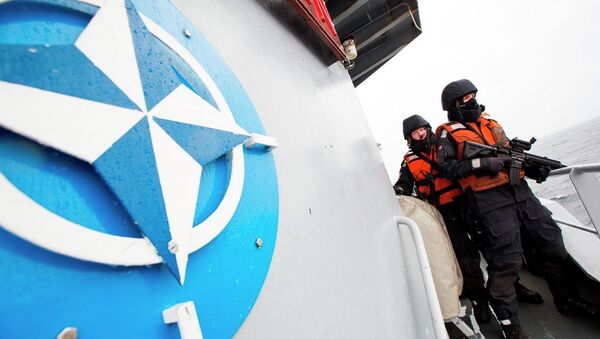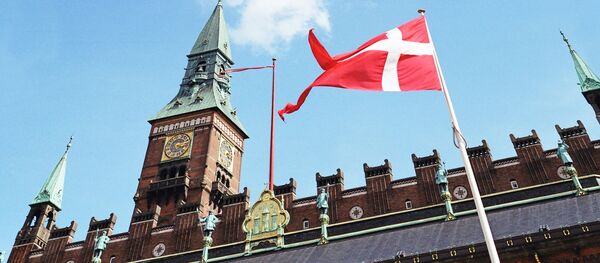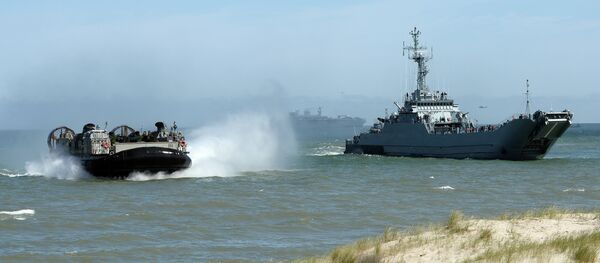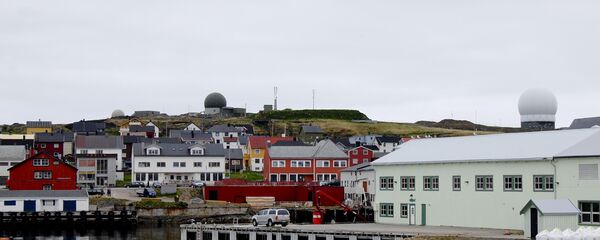The Baltic region has recently turned into a theater of operation, hosting no less than three major US-led maneuvers. In fact, muscles have been flexing all over the place: Germany is increasing its military for the first time since 1990, while Poland is set to create a national guard of 35,000 men with an open goal of halting a Russian invasion.
NATO's plans on the alliance's eastern border include setting up four battalions of 600 to 1,000 soldiers each. The US sends its battalion to Poland, Germany takes care of the one in Lithuania, the UK is to cover Estonia. This just leaves Latvia, which is where Norway and Denmark are expected to step in. The units are to be equipped for battle and tasked with preventing a "hybrid war" on Russia's part.
The common fear that Russia may seek to dominate waters northeast of the so-called GIUK gap (between Greenland, Iceland and the United Kingdom) is a clear reminder of the Cold War-era. Therefore, NATO's maritime strength and presence in the North Atlantic and the North should be a key element in NATO's strategy, state secretary Øystein Bø of the Defense Ministry said in a lecture in Oslo in May.
Curiously, this is an echo from the 1990s, when Norway's then Foreign Minister Thorvald Stoltenberg labeled Norway as a "Baltic state" for the Nordic country to take part in the new cooperation pattern after the re-emergence of independent Baltic states following the break-up of the Soviet Union. Today, his son Jens Stoltenberg is NATO Secretary General. This coincidence is probably another signal that it is high time for Norway to give something back as regards the Baltic states, which today are Norway's allies.
Unsurprisingly, the debate on the NATO build-up cuts deep into the US presidential election campaign, with candidate Donald Trump stamping the alliance as "obsolete." Remarkably, he also said Europe did "too little" to protect itself and "skinned" US taxpayers instead.





